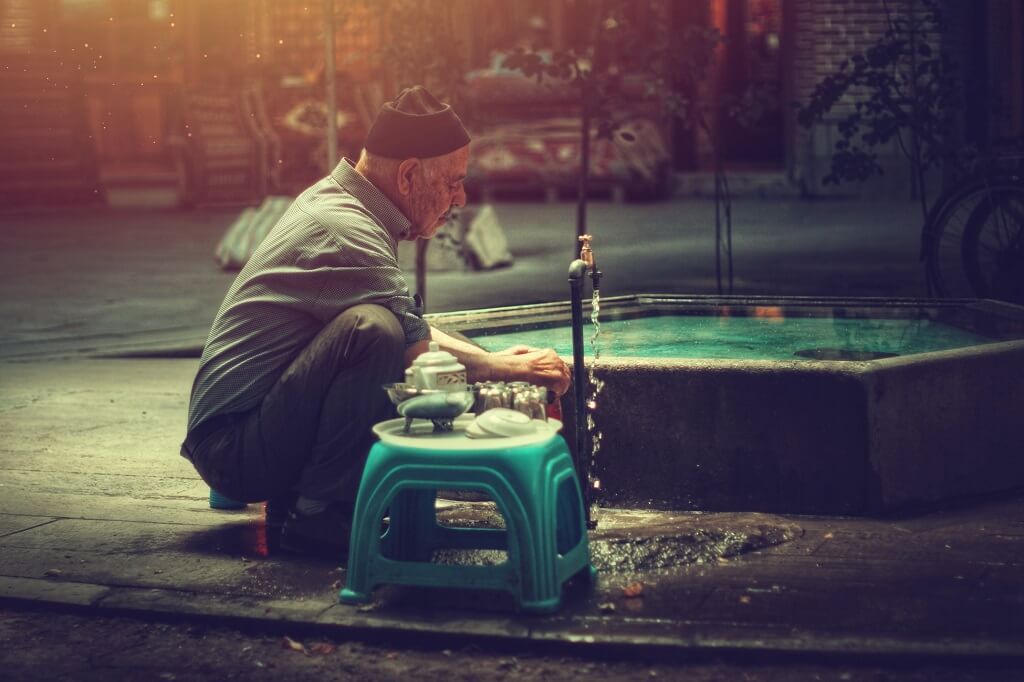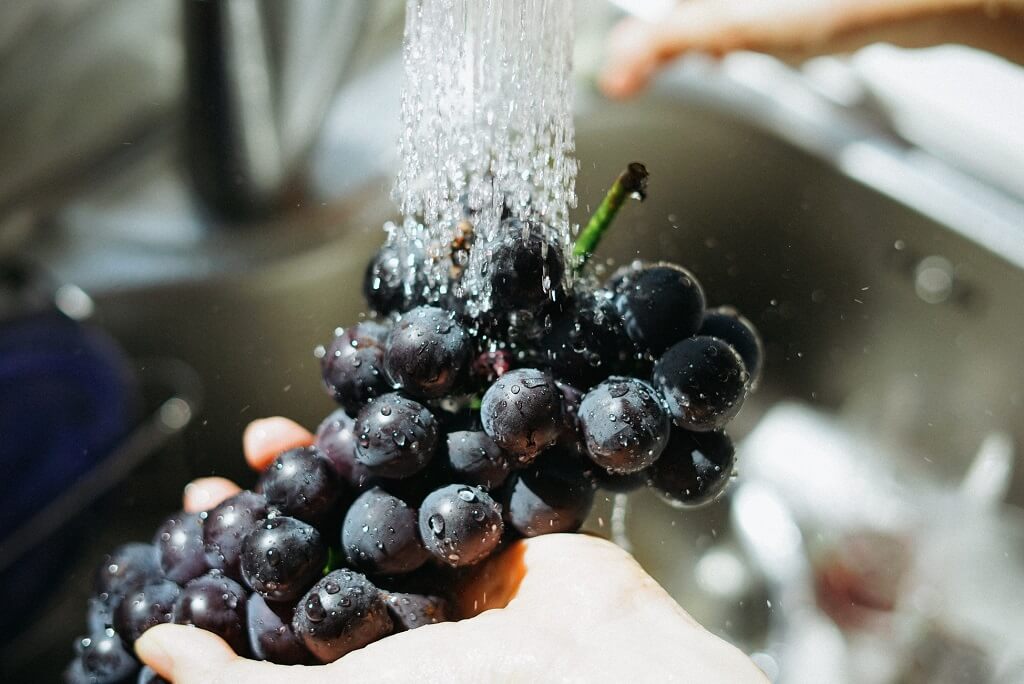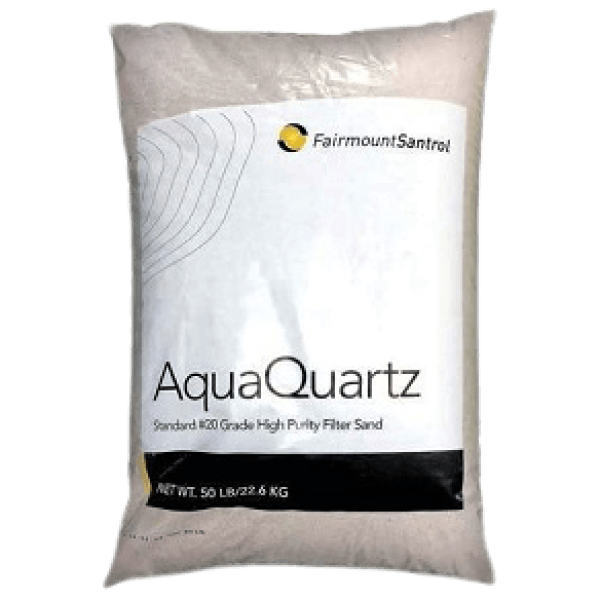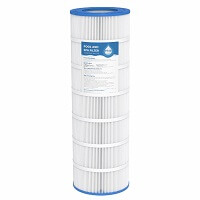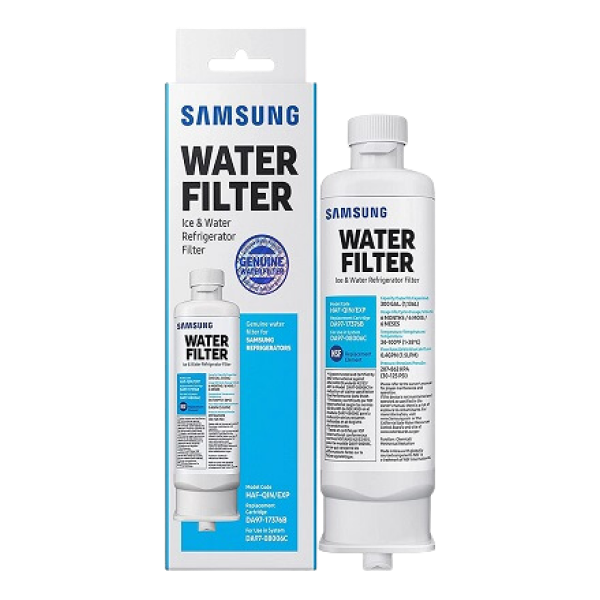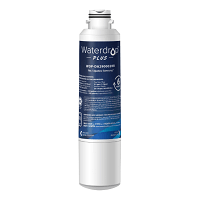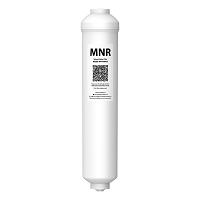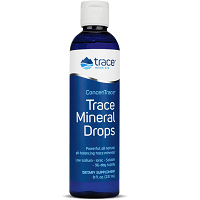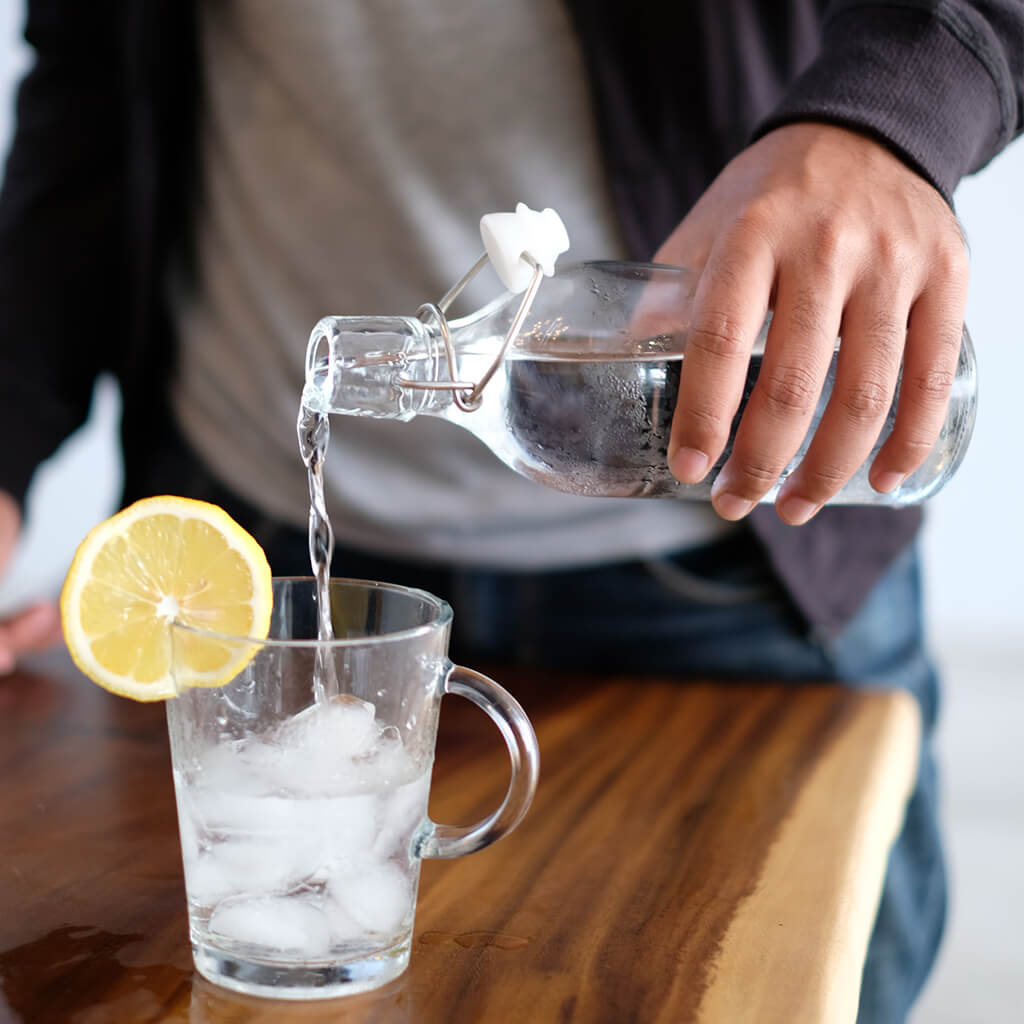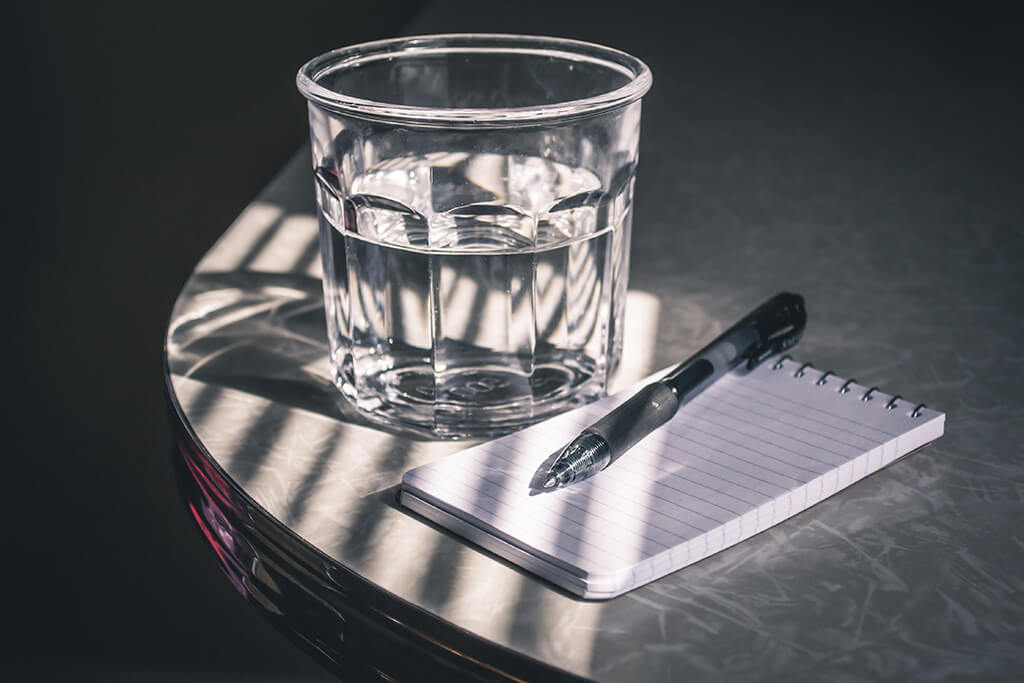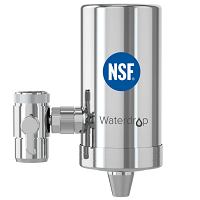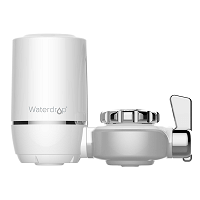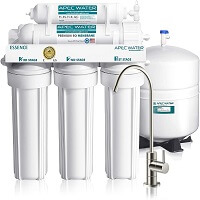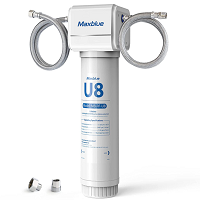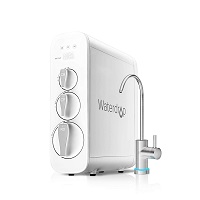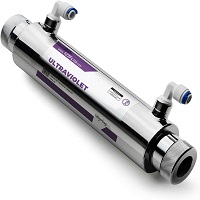We cannot remove water from our daily routine. But while water is essential, the source of water is even more important. There are two major choices – bottled water or filtered water. Read on to learn which is better and why.
What Amount of Water Does The Body Need Daily?
The human body is 60% water. Therefore, water is crucial to our survival.
Dehydration
Dehydration describes the absence of sufficient water in the body. It can lead to:
- Constipation
- Overheating
- Low energy
- Dry and rough skin
Hydration
Hydration means drinking sufficient water to keep the body running optimally. Hydration leads to:
- Easy expulsion of waste through the colon
- An energized body
- Normal body temperature
- Fresh, healthy skin
Health experts generally recommend 2.5 liters or eight glasses of water daily. However, you can determine the specific amount of water your body needs by following the steps below;
- Take your weight in pounds
- Divide it into two
The answer is the number of ounces of water you should consume daily.
What Are The Issues Associated with Bottled Water?
The biggest advantage of bottled water is its convenience. However, drinking filtered tap water offers the same convenience when you are in your home.
Asides from the advantage, here are a few downsides of bottled water.
It is almost tap water.
45% of what we buy as bottled water in the United States is just municipal (tap) water with proper branding. The other 55% comes from natural water sources. Look out for bottled water with the inscription “purified drinking water” or “drinking water.” Such brands of bottled water are usually from tap water.
Harmful chemicals from plastic leech into your water
Perhaps you think drinking only bottled water from natural sources is all you need to stay safe? Unfortunately, you cannot be so sure. The plastic bottle used in packaging bottled water is a huge problem on its own. Plastic water bottles are made from Polyethylene Terephthalate (PET), Polycarbonate, or Polyvinyl Chloride (PVC). These components can leach harmful chemicals like BPA and phthalates into the water, and this comes with serious health implications.
Phthalates and BPA distort hormones when you ingest them through bottled water. Phthalates are probable causes of asthma, breast cancer, type II diabetes, and obesity. They also distort reproductive development and cause male fertility problems. BPA is strongly linked to cardiovascular diseases, allergy, hypertension, general inflammation, obesity, cardiovascular diseases, and type II diabetes.
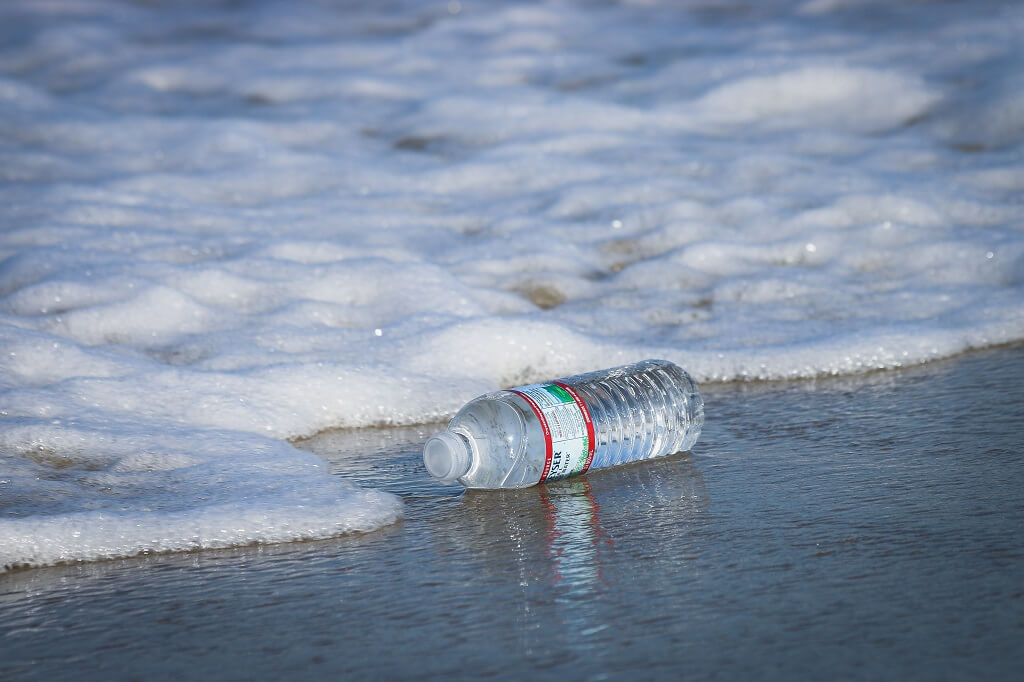
Adverse impacts on the environment.
77% of the plastic bottles we use are not recycled. So, except you buy water bottled in glass bottles like Mountain Valley Spring water or some Voss Water types, you contribute to environmental and plastic pollution.
A better alternative to glass bottled water is to install a high-quality filter that filters water directly from your tap.
Why Choose Filtered Water over Bottled Water?
Choosing filtered water over bottled water is a decision that comes with important benefits. For instance, filtered water protects you from plastic and the harmful chemicals that leech out of it.
Filtering your tap water is necessary because the chemicals used in its treatment often make it unsafe. It does not matter the source of water; almost all water sources, including natural sources, are contaminated with pollutants ranging from urban sprawl to agricultural or industry runoff.
Contrary to popular claims, the chemicals they add to your tap water do not “make it safe for drinking.” These chemicals inhibit some pathogens, but they also cause toxic effects in the human body when consumed. Chlorine is a good example.
It is not uncommon to see the “super clean” tap water smell like a swimming pool. This is because of the chlorine used in the treatment of the water at the municipal plant. Chlorinating water is necessary to meet the federal drinking water standards. However, it comes with an unintended side effect – the deposition of trihalomethanes in the treated water.
If they find their way into the body, trihalomethanes may cause bladder cancer, colon and rectal cancer, low birth weight, miscarriage, and other birth defects.
Which Is the Best Water Filter?
There is no ultimate water filter. You only have to settle for one that perfectly suits your needs. Your choice of filter often depends on your location and the types of contaminants in your water.
The Environmental Working Group (EWG) has a database that tells you the chemicals in your local tap water. You can check using your zip code and get recommendations on the most effective filters to remove such contaminants.
However, this can be stressful considering that you get several filter recommendations. You may need to get more than one filter type if you have contaminants that cannot be removed by just one filter. That is why we recommend a multi-stage filter. Unlike the pitcher-type filters, the multi-stage filter systems usually have multiple filters that can remove diverse contaminants in water.
Waterdrop D4 RO Drinking Water Filtration System
The Waterdrop RO Drinking Water Filtration is one of the foremost RO filtration systems. The compact tankless design ensures you get an excellent filtration performance and high output. At only 12.44 inches of height, the filter system requires only a little under sink space. Therefore, it can slot into most kitchens with no problems.
This filter system’s advanced innovative filtration technology combines multiple filtration materials to remove a wide range of impurities. The 5-in-1 composite filter is effective against contaminants like TDS, chlorine, heavy metals, and others. It requires the least space to deliver an optimized filtration effect.
The automatic flushing feature allows the system to flush if it is not in use for an hour. Therefore, the filter stays pure always, giving you an optimized filtration effect and a longer filter lifespan.
APEC Water Systems Essence Series Water Filter System
The APEC RO water filter system has many impressive features, including its easy and quick installation and high-capacity filters. The filters also last longer than the filter in other systems. The six-stage filtration system delivers a one-year filter life, after which you can replace them.
Asides from removing harmful contaminants in water, this RO water filter system from APEC restores healthy minerals, such as calcium and sodium, into the filtered water. The 75 GPD filtration capacity is one of the best you will find in the market. The system produces 3 gallons of wastewater for every 1 gallon of filtered water.
The system comes with an 11-inch x 15-inch 4-gallon tank, which means you may need to create an ample under sink space to accommodate it.
iSpring Reverse Osmosis Drinking Water Filter System
The most common complaints among under sink reverse osmosis system owners are about not getting enough filtered water. Fortunately, the iSpring RO water filter system resolves this problem. You can expect up to 75 gallons of filtered water from this system every day, which is usually enough to meet the water needs of large families.
It relies on a six-stage filter system, including a special mineralization filter to reduce 99% of contaminants and restore healthy minerals that were removed during previous filtration stages.
The iSpring RO system has a great aesthetic value. The modern brushed nickel design is unique and highlights your kitchen’s beauty.






